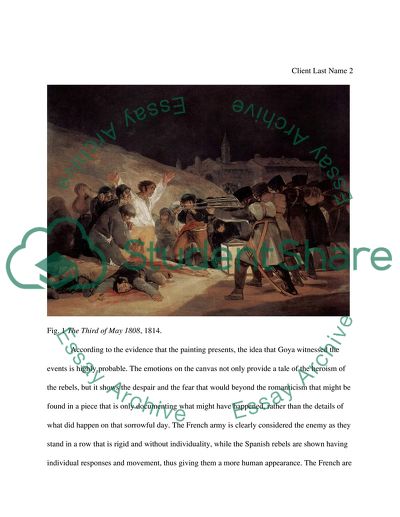Cite this document
(The Third of May 1808: Goya Records History Term Paper, n.d.)
The Third of May 1808: Goya Records History Term Paper. Retrieved from https://studentshare.org/history/1566102-may-3-1808-by-francisco-goya
The Third of May 1808: Goya Records History Term Paper. Retrieved from https://studentshare.org/history/1566102-may-3-1808-by-francisco-goya
(The Third of May 1808: Goya Records History Term Paper)
The Third of May 1808: Goya Records History Term Paper. https://studentshare.org/history/1566102-may-3-1808-by-francisco-goya.
The Third of May 1808: Goya Records History Term Paper. https://studentshare.org/history/1566102-may-3-1808-by-francisco-goya.
“The Third of May 1808: Goya Records History Term Paper”. https://studentshare.org/history/1566102-may-3-1808-by-francisco-goya.


